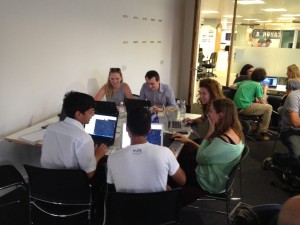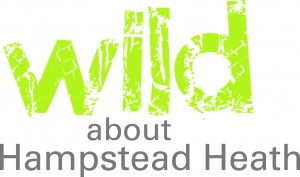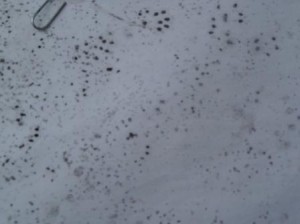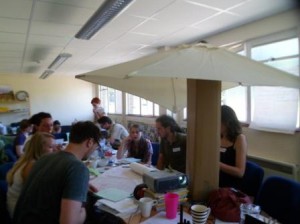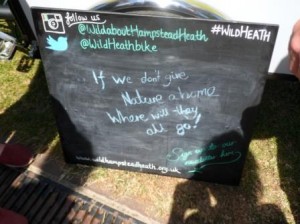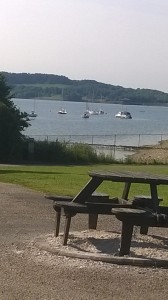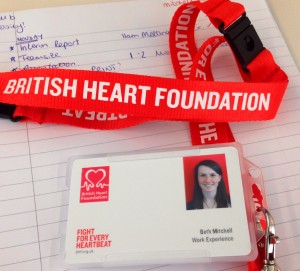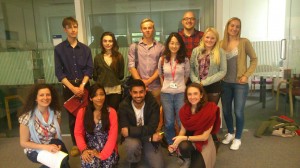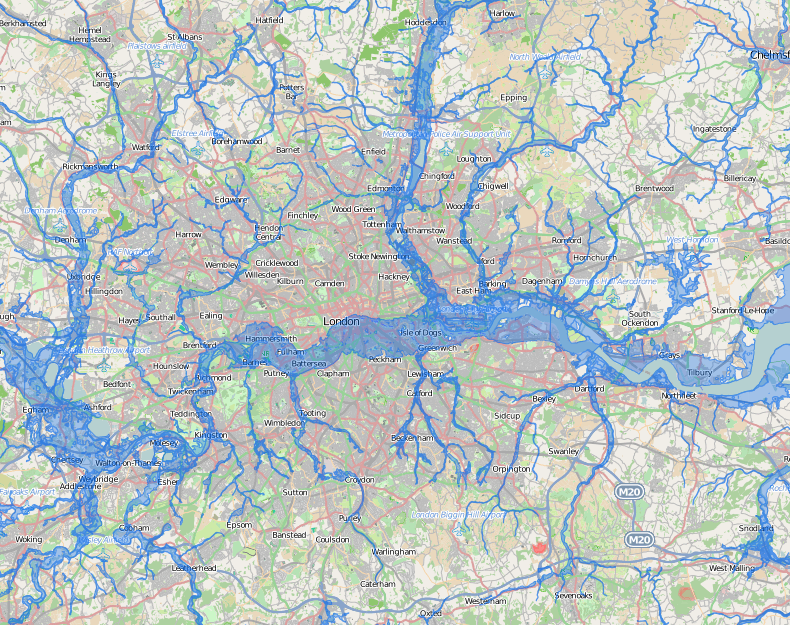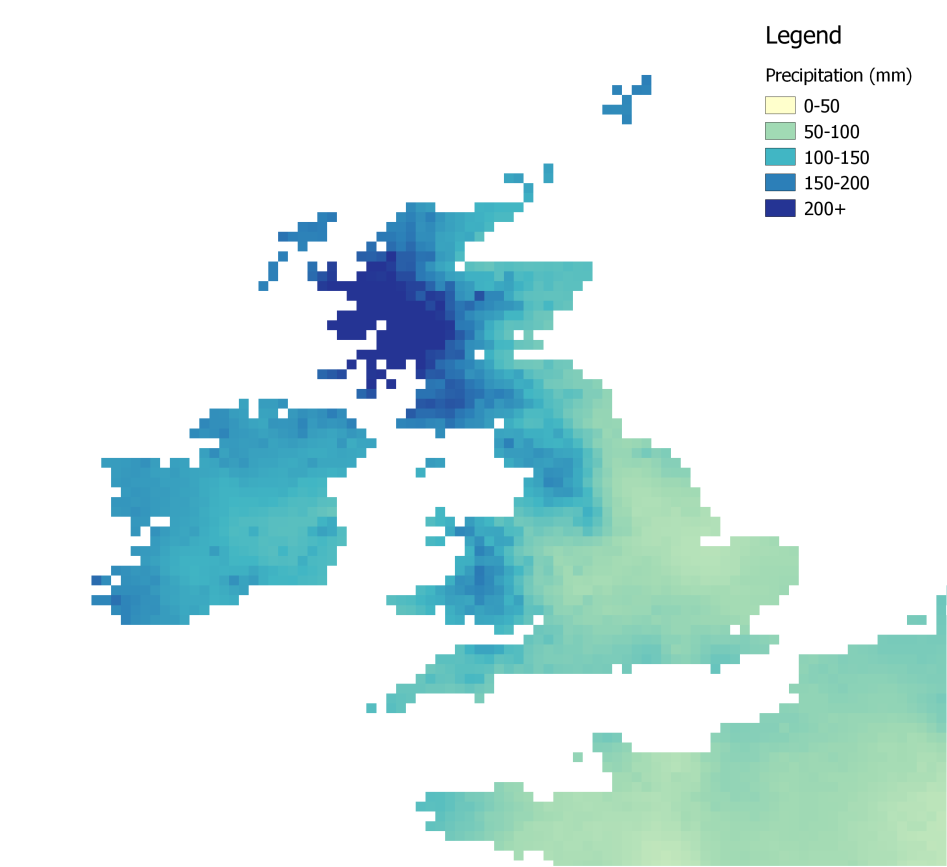Here I am, sitting at my desk in the Vauxhall office of Rethink Mental Illness, after months of anticipation and preparation! It is my fourth day today, and after the strange feeling that overcomes oneself when entering unknown terrain, I am beginning to settle in. The occasional tea break allows me to enjoy the sensational view out of the 15th floor windows, with MI6 to one side of the building, and Big Ben, the London Eye and the City of London to the other. Having a chat over a cup of tea also really helps getting to know the team (and so did a 5-hour post-work picnic in the park yesterday!).
Of course, they don’t just consume hot drinks here, but they’re engaged in some fantastic projects. Rethink is a mental health charity, focusing mainly on severe mental health issues such as schizophrenia, bipolar disorder, and psychosis in general. They play a two-fold role in this field; they are both the direct providers of mental healthcare services such as recovery homes and psychiatric wards, and also run campaigns, work on policies, increase awareness and reduce stigma around mental illness.
This week so far was characterised mainly by briefings about projects which the Campaigns and Policy team are currently running, one of which will be my main undertaking during the next month. My main project will be looking at mental healthcare provision in the primary care setting. The first thing most people do when they feel unwell, and that includes mental health issues, is that they go see their GP. There are a number of problems associated with this.
Firstly, it often takes many weeks to even get an appointment, and if you’re in an acute crisis, immediate care is crucial. Of course you can go to A&E, but the staff there are mainly trained and prepared to deal with physical health problems, and in most cases patients presenting with a mental illness are not treated appropriately.
Secondly, if the patient finally manages to see their GP, the clinician’s knowledge of mental health is often so limited that they misdiagnose and mistreat the condition. If a mental health condition is not recognised, that obviously makes it less likely that they will be referred to appropriate specialist services, too.
Since mental illness is not a short term problem, but will often have to be monitored and treated for a lifetime, specialist secondary services are often overwhelmed by the amount of work, and when they discharge a patient after an acute crisis, they are rarely able to follow them up. They are also constantly experiencing budget cuts, and therefore not always as accessible to patients as they would be in an ideal world. Therefore, primary care provided by the GP should play a crucial role in the form of regular follow-ups. It would massively improve the experience of patients with mental health problems if GPs received better mental healthcare training.
My project will involve gathering data on the satisfaction of such patients with primary healthcare, most likely in the form of a survey, to support this argument. Eventually this will be used to write a report and bring forward a campaign regarding concrete advice on how to improve primary care of mental illness.
I started gathering some ideas for this project at a conference on primary care which I attended today. Some GPs with an interest in mental health spoke about policies they implemented in their local area to improve primary care mental health, and passed on their experiences. One idea I found particularly promising was one put forward by Dr Sheila Hardy from UCLPartners, who led a project where mental health nurses received training workshops and then in turn trained community nurses. These mental health-trained community nurses were then able to provide some basic services to patients, thus relieving the burden on the secondary healthcare system. This training system appears to be a cost-effective, efficient way to reach and train many professionals in a sort of pyramid-model, whilst meeting the patients’ needs and centring services on their expectations.
Generally speaking, there is increasing awareness of mental illness in our society, and people are realising the scale of the problem. It was fantastic to see how many different positions were represented at the conference today (clinicians, the voluntary sector, service users, police staff, and more) since that illustrates the diversity of people thinking about these issues and trying to address them. Seeing so many people who are passionate about improving mental healthcare makes me very hopeful that my project will contribute to a positive change in the long run, and I am really excited to see where the next few weeks will lead!
Read Rethinking Mental Illness in full
